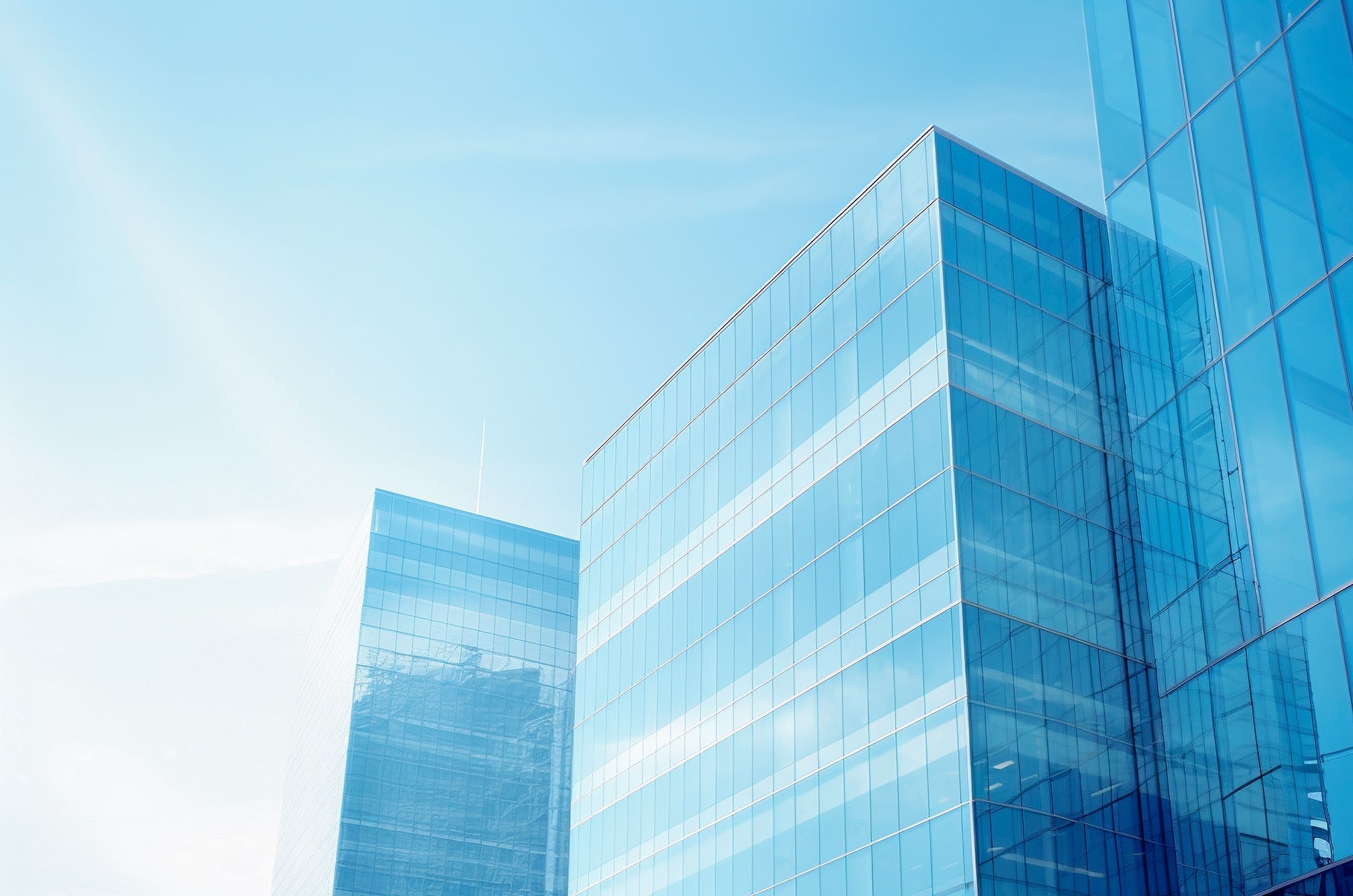
Seismic Reinforcement Method: SRF Method
Groundbreaking construction method that strongly protects buildings from shaking and collapse
Assuming that earthquakes occur repeatedly in the Nankai Trough region over a large area of 100 to 200 years, the probability of a major earthquake of magnitude 8 to 9 class occurring within the next 30 years is said to be about 70%. Although probability is not everything, the probability increases as the days go by, and it is bound to happen sometime in the future.
The SRF method of earthquake-resistant reinforcement is a revolutionary construction method that strongly protects buildings from shaking and collapsing in preparation for such a major earthquake.
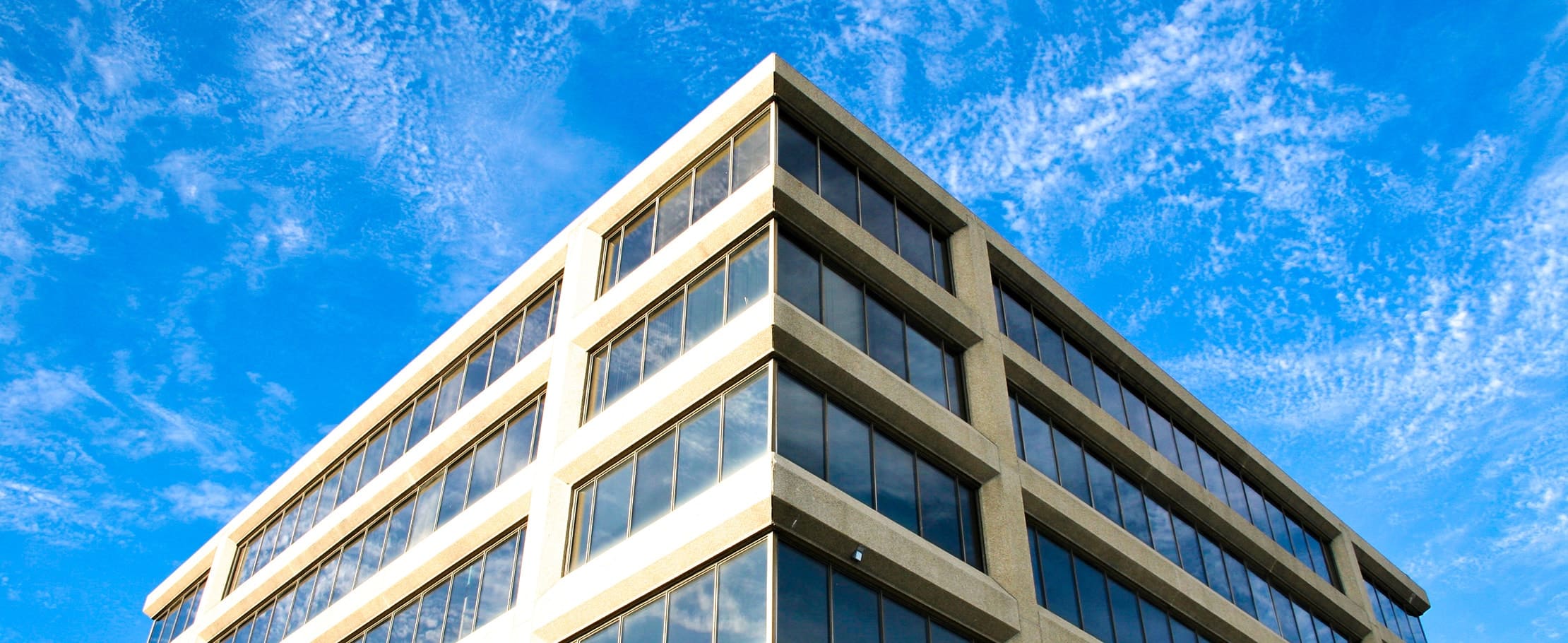
SRF method directly prevents damage and destruction of reinforced concrete
SRF method (bandage reinforcement)
The SRF method involves attaching and wrapping flexible and tough polyester fiber belts or sheets to reinforced concrete (RC) columns, walls, etc. using a urethane-based one-component solvent-free adhesive.
Seismic Restoration with Flexibility (SRF) has been proven effective in various tests and actual major earthquakes in directly preventing damage and destruction of reinforced concrete, and in controlling shaking by converting seismic energy into stable and repeated deformation. The SRF method is also called bandage reinforcement.
※SRF, Seismic Retraction, Seismic Coating, and Bandage Reinforcement are registered trademarks of the Structural Quality Assurance Institute.
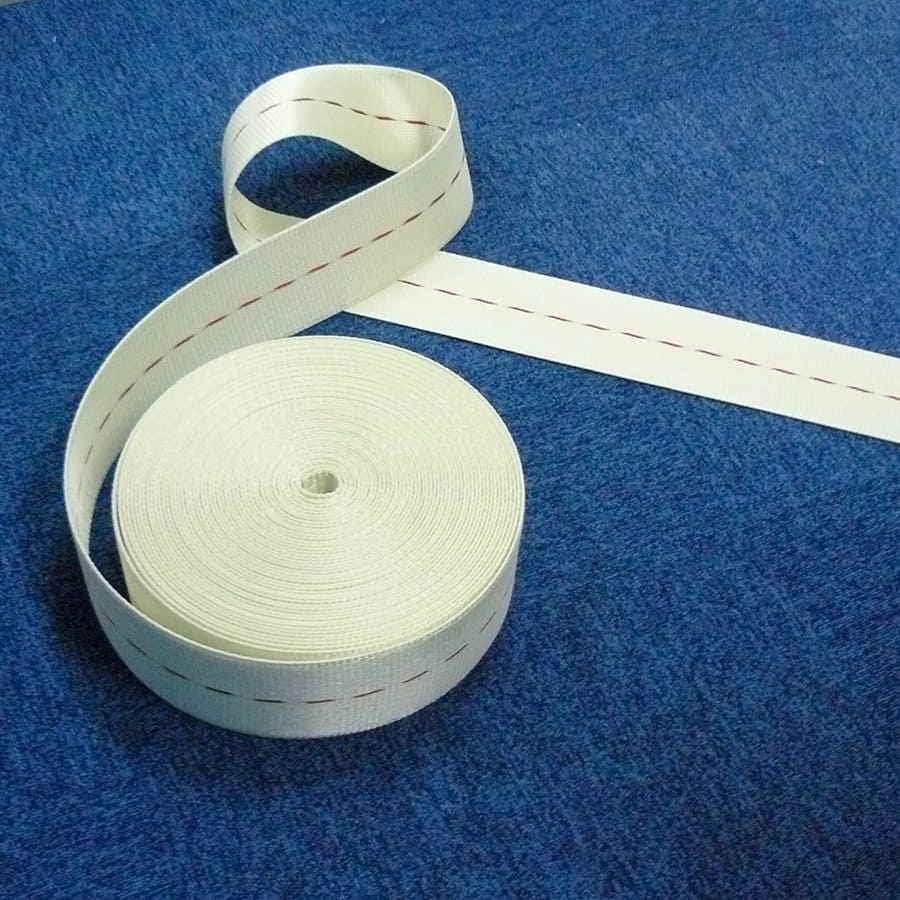
[ Highly ductile material ]
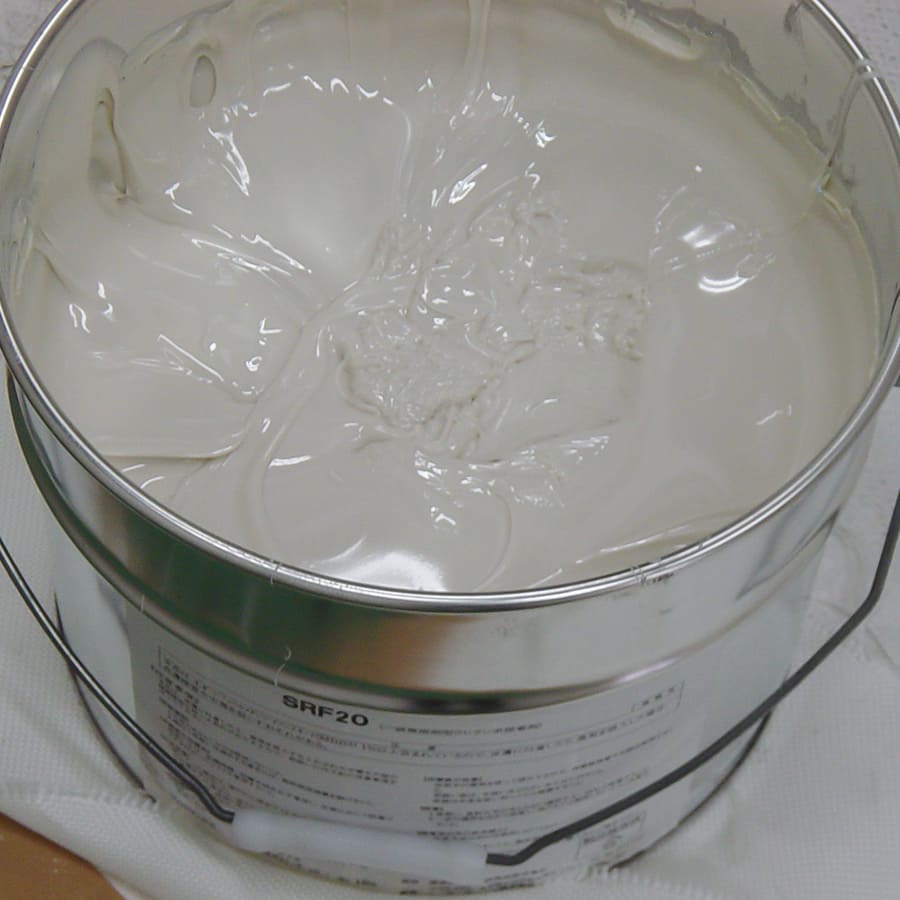
[ High Toughness Adhesive ]
Features of the SRF Method
- SRF METHOD -
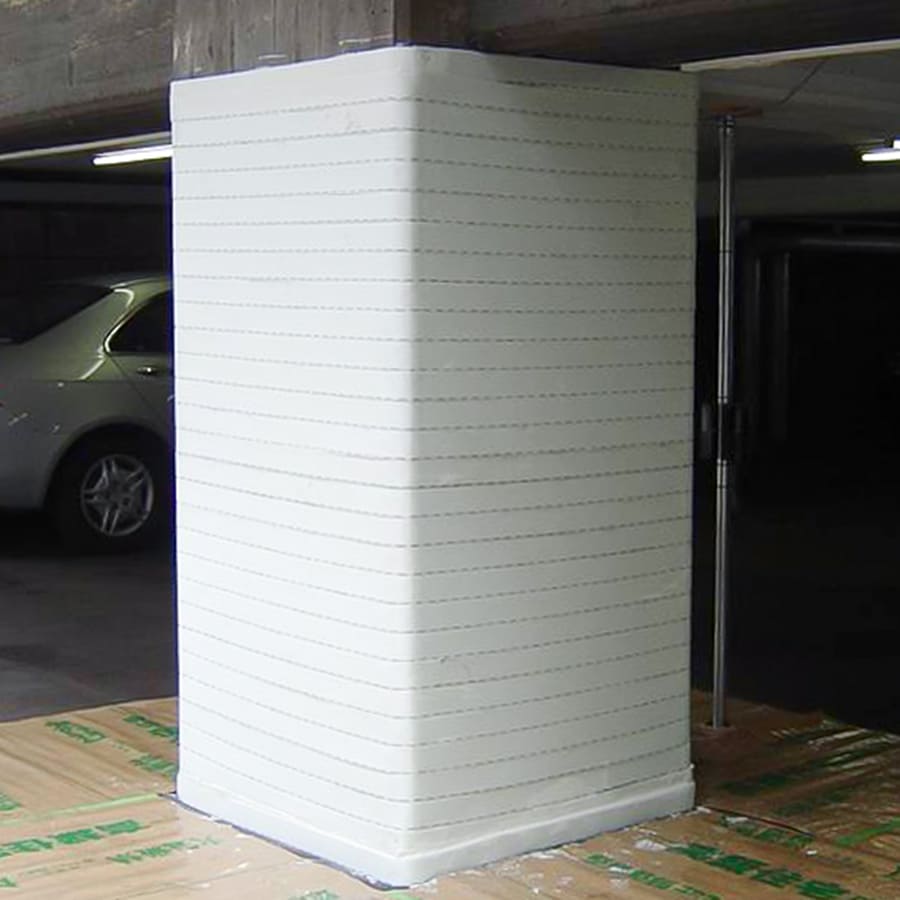
Simple and effective
SRF is a simple “just wrap it” or “just stick it” method, yet it is very effective because it directly reinforces the weak points of reinforced concrete. Since damage to columns and walls is minimized, building sway is controlled and deformation is minimized.。
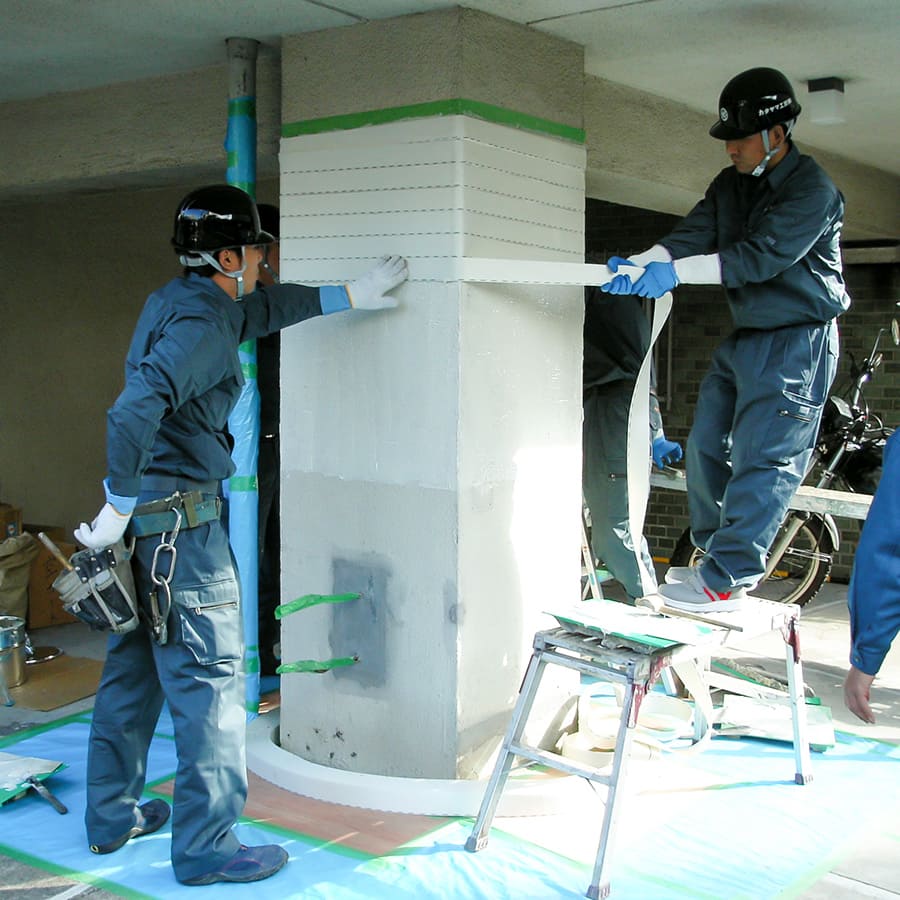
Low cost and quick delivery
Since it is applied by hand without the use of large equipment or special tools, it requires fewer processes, is less expensive than conventional construction methods, and requires a shorter construction period. There are many cases in which the reinforcement was completed not only during business hours, but also after closing time and on holidays.
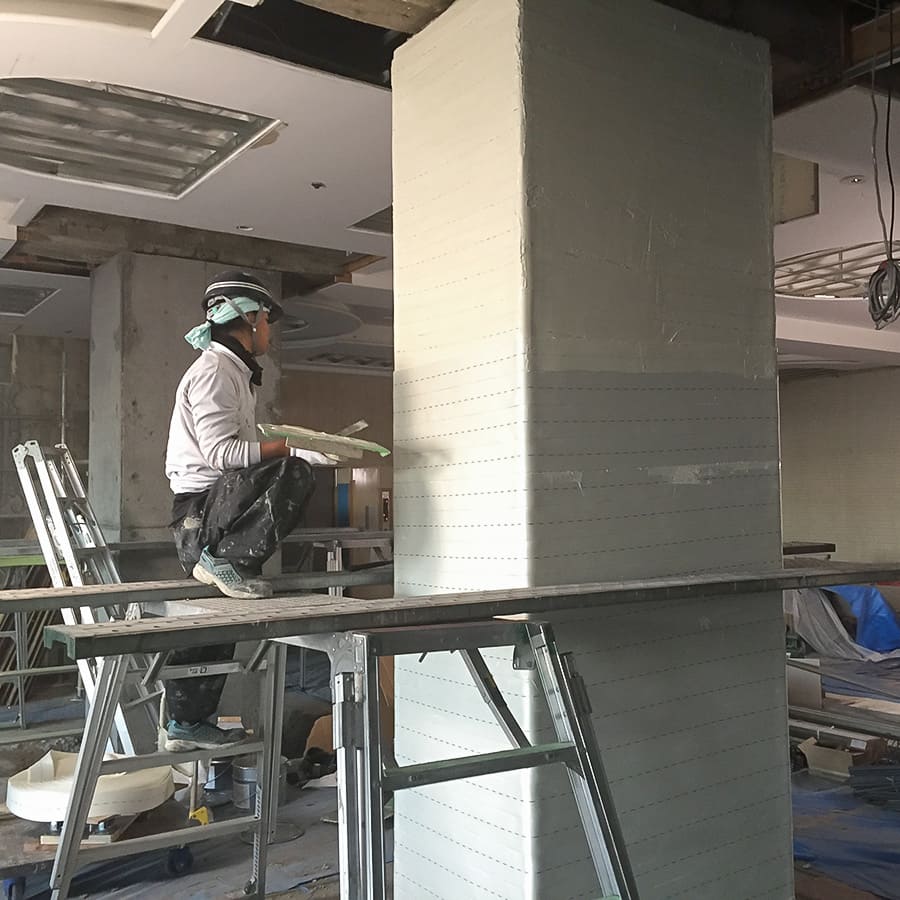
People and Environmentally Friendly
Almost no dust, noise, vibration, or odor is generated during installation. The adhesive is odorless and contains no formaldehyde or other substances of concern for environmental hormones.
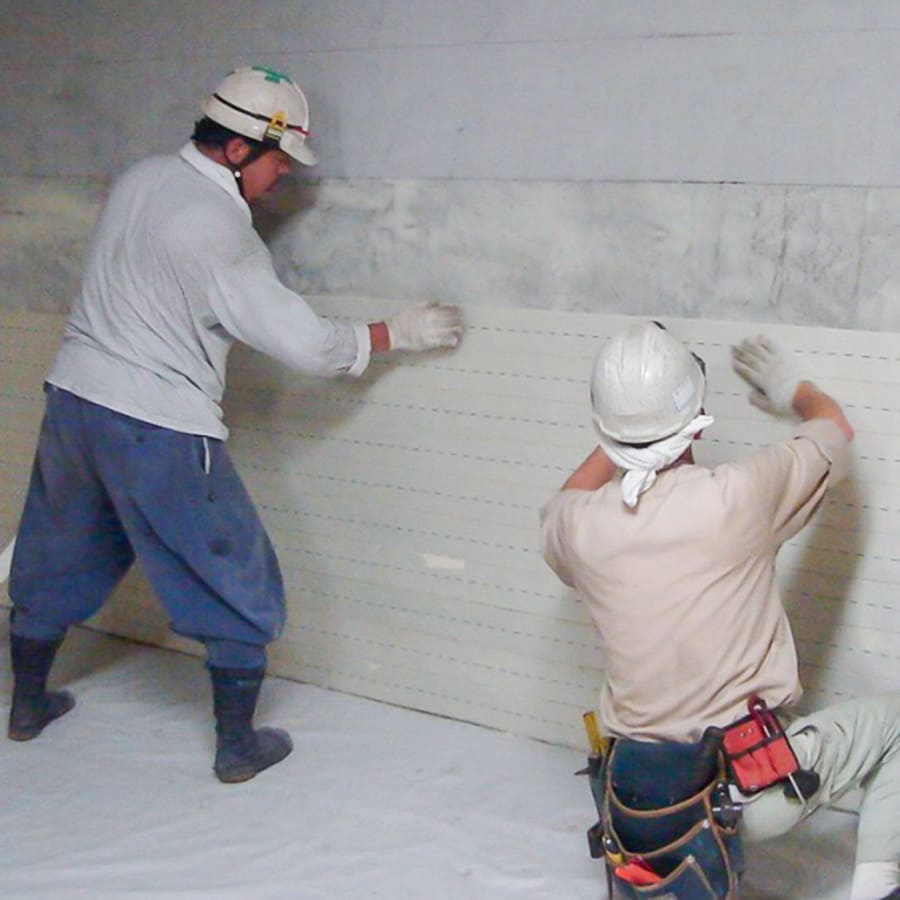
Public Agency Evaluation
The SRF method of reinforcing columns and walls of RC buildings has received a technical evaluation from the Japan Building Disaster Prevention Association, and in November 2017, the application for renewal of the technical evaluation was approved, clearly stating that if the concrete strength is 21N/mm2 or higher, the new adhesive SRF40 can be used for reinforcing columns with a thickness half that of the conventional method. The new adhesive, SRF40, can be used to achieve the same shear reinforcement effect with half the thickness of conventional adhesives. We have also obtained a Construction Technology Review Certificate for concrete civil structures, which was renewed in March 2018, and have received numerous third-party evaluations for seismic retrofit plans using SRF.
Extensive construction experience
- SRF METHOD -
From Asahikawa in Hokkaido to Naha in Okinawa, our products have been used in more than 2,200 seismic reinforcement projects for office buildings, lodging facilities, condominiums, schools, hospitals, and public buildings throughout Japan. As a representative example of civil engineering structures, more than 1,200 elevated bridge piers (pillars) of the Tokaido Shinkansen bullet train from Tokyo to Shin-Osaka have been reinforced.
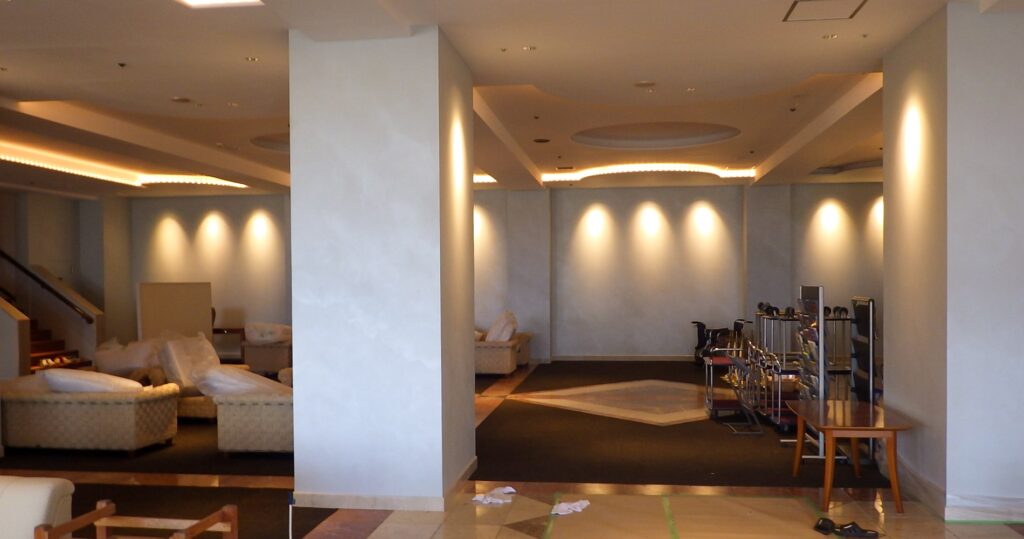
Seismic sorption effect in large earthquakes
- SRF METHOD -
In the Great East Japan Earthquake, there were approximately 60 cases of SRF construction in areas from the northern Kanto region to the Tohoku region that were hit by tremors of magnitude 6 or higher, and we have received positive feedback that there were no problems, no damage to the finish, and no shaking.
In the Kumamoto Earthquake of 2008, which struck multiple times with an intensity of 6 or higher on the Japanese seismic scale, we were able to confirm that in all 7 cases of construction, and in all 28 cases of construction in areas with an intensity of 6 or higher on the Osaka Prefecture Northern Japan Earthquake, damage to components was suppressed and buildings were able to continue to be used.
About earthquake collection
- SRF METHOD -
Each layer (each floor) of a structure, such as a building or an overpass, is usually constructed parallel to one another. Even in structures designed to withstand earthquakes, steel reinforcing bars and steel frames in columns and walls, nails, screws, and hardware in wooden structures, and steel braces for earthquake-resistant reinforcement will yield and fail to return to their original shapes when subjected to strains beyond their expected values, which can repeatedly damage concrete and wood. Carbon and aramid fibers can also fracture. In the case of seismic isolation and vibration control, if the displacement exceeds the design limit of the seismic isolation or vibration control device placed in a part of the structure repeatedly, the device will fail or the structure will be destroyed. Ultimately, whether seismic or vibration isolation/ vibration control, if a conventional structure is repeatedly subjected to ground shaking that exceeds expectations, strain will accumulate in the columns and walls, causing each floor to become unparallel as shown in the figure on the right, increasing the shaking and damaging the interior and surrounding finishes and equipment.
The SRF method is a reinforcement method in which polyester fiber belts or sheets (highly ductile material) are wrapped around columns, walls, and joints with a urethane-based highly tough adhesive. The flexible, highly ductile material does not damage the concrete or wood even after repeated strain, and the columns, walls, and joints return to their original position and continue to support the floors (layers) stably, so that each floor moves in a nearly circular motion, keeping them parallel to each other.
In this way, ground shaking becomes a repetition of stable deformation of each part of the structure and the surrounding ground. Each consumes only a small amount of energy, but the total consumes a large amount of energy, and the shaking subsides. In the end, little or no damage is done to finishes or equipment. This is seismic restoration. Even in the case of eccentricity and pilotis, which were conventionally considered dangerous structures, seismic restoration can stop building shaking and prevent damage even when the ground shakes greatly exceed the assumptions of current standards. This has been proven in many buildings reinforced with the SRF construction method after the Great East Japan Earthquake in 2011.
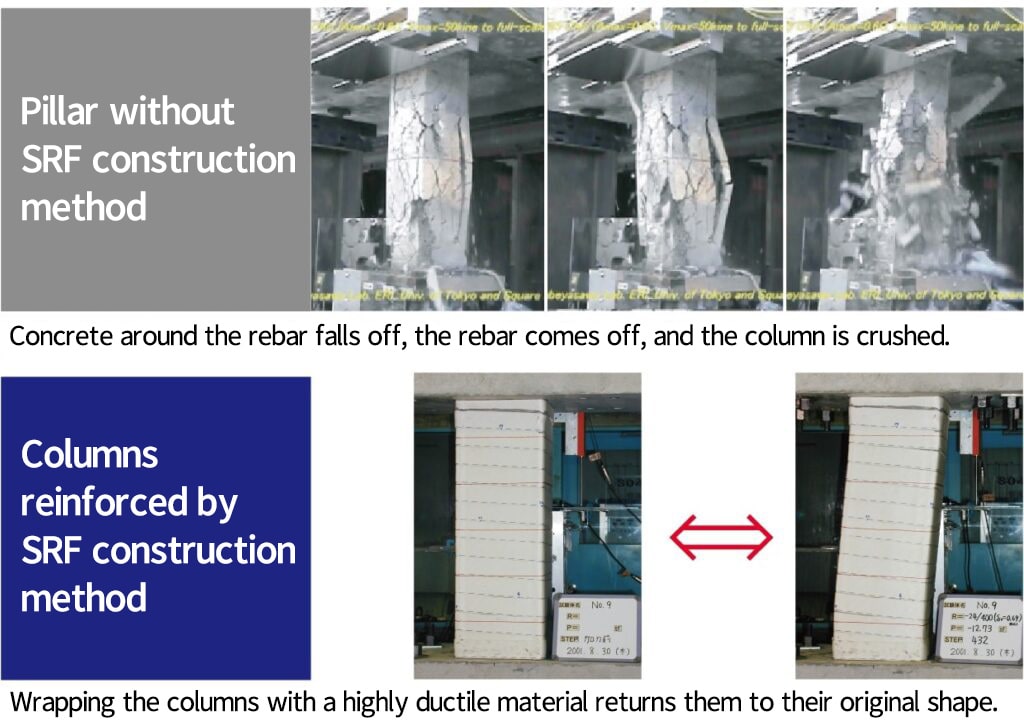
©2022 Sqa,Inc. The contents, text, images, etc. on this page are copyrighted by the Structural Quality Assurance Institute, Inc. and may not be reproduced or used without permission.
Download SRF and MTD Brochure and Video
- SRF METHOD -
Various data such as brochures and flyers can be viewed and downloaded from the website of the Structural Quality Assurance Institute. Detailed information on the SRF construction method is also available on the website of the Structural Quality Assurance Institute.
